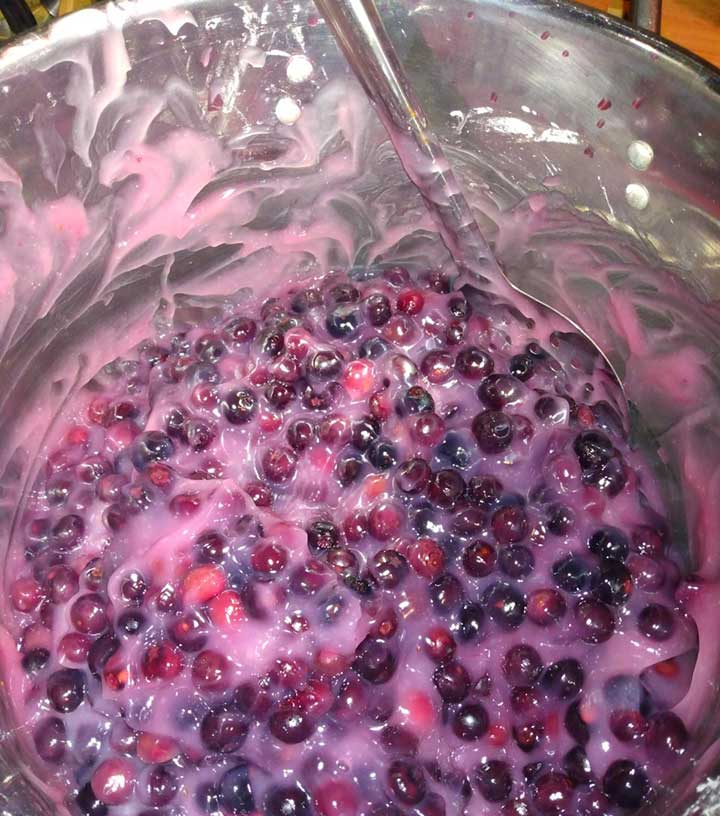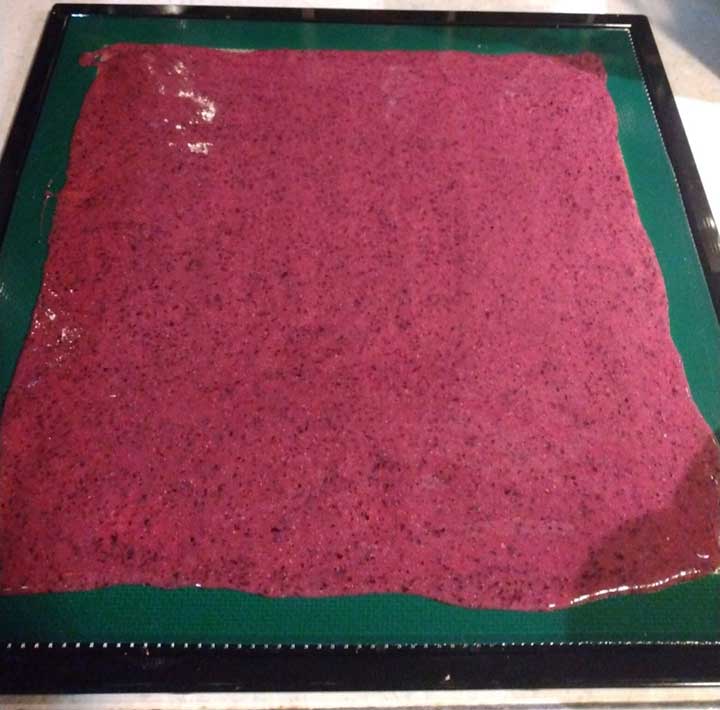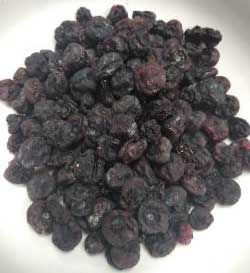Self Sufficient U Blog
Contact
Clark County Extension Service
Amy Simpson, Horticulture
Cindy Ham, 4-H and Ag
JoAnn Vann, Family & Consumer Sciences
Phone: 870-246-2281
Email: clark-arkadelphia@uada.edu
Follow us on
Facebook
Clark County
Cooperative Extension Service
640 S 6th Street Suite B
Arkadelphia, AR 71923

Four Ways to Preserve Blueberries
JoAnn Vann
Blueberries are nutrient powerhouses! Whether you grow your own, pick some up from the Clark County Farmer’s Market, or a grocery store, you will want to be sure to preserve some for year-round use while they are plentiful and at their lowest cost of the season. These are my top four favorite ways to save mine for the coming year:
1. Pie filling

Having pie filling ready on the shelf sure makes putting together a cobbler or pie so much easier! I like to divide the batch between quart and pint jars so when I make smaller portion desserts like fried pies, I do not have to make a whole quart’s worth. Canning pie filling does require an ingredient that is not available in local stores but can be purchased online, called Clear Jel. It is a heat stable type of starch. For more information, read this Clear Jel article by Kansas State. Interested in trying it? Get printable instructions from the National Center for Food Preservation.
2. Fruit Leathers aka Roll-ups
Looking for a tasty and nutritious snack? Try making blueberry fruit roll-ups. A dehydrator with tray mats is the easiest way to accomplish this. You could use your oven, but it will take substantially longer than the 4-6 hours in a dehydrator. Blueberries are a bit tart so I like to add a sweeter fruit like bananas or apples to the blend instead of sweetening with sugar. For this batch, I mixed 2 cups blueberries, 1 cup applesauce, and 2 tablespoons of ground flax seeds in a blender.

The great thing about making fruit leathers is you can try different combinations to make your own favorite and use up small amounts of leftover fruits before they go bad. Store in airtight container at room temperature for a month, if they last that long! For larger batches, place tightly wrapped rolls in a storage container or bag in the freezer for up to 1 year.
3. Drying
So many store-bought dried fruits are loaded in sugar! As a person with diabetes, this does not make them a good option for me. So what to do? I started drying my own blueberries. Find out how in my At Home with UAEX blog : Can’t find dried fruits without tons of added sugar? Drying your own is easy! (uada.edu). I keep a half gallon canning jar of them on my pantry shelf to mix into my Overnight Oats (uada.edu). It feels great to have a healthy breakfast waiting on me in the mornings, especially with no added sugar blueberries!

4. Freezing
I saved the simplest method for last! Food preservation does not get any easier than this:
According to the National Center for Food Preservation instructions for blueberries and huckleberries:
“Preparation – Select full-flavored, ripe berries. Remove leaves, stems and immature or defective berries.
Dry Pack – Do not wash blueberries. Washing results in a tougher skinned product. Pack berries into containers, leaving headspace. Berries can also be frozen first on a tray and then packed into containers as soon as they are frozen. Seal and freeze. Wash before using.
Crushed or Puréed – Wash the blueberries. Crush, press berries through a fine sieve, or purée in a blender or food processor. Mix 1 to 1 1/8 cups of sugar with each quart (2 pounds) of crushed berries or purée. Stir until sugar is dissolved. Pack into containers, leaving headspace. Seal and freeze.”

I love to throw a handful of frozen blueberries into a smoothie for an extra nutrition punch! Check out these tips and recipes for using frozen blueberries from the U.S. Highbush Blueberry Council.
Bonus! Check out my fellow Agent’s article “Blueberries Full of Antioxidants” with a yummy blueberry pound cake recipe. In case you missed it, check out Amy Simpson’s blog, “Red, White, and Blueberries” to find out how easy it is to grow your own blueberries. #selfsufficientu